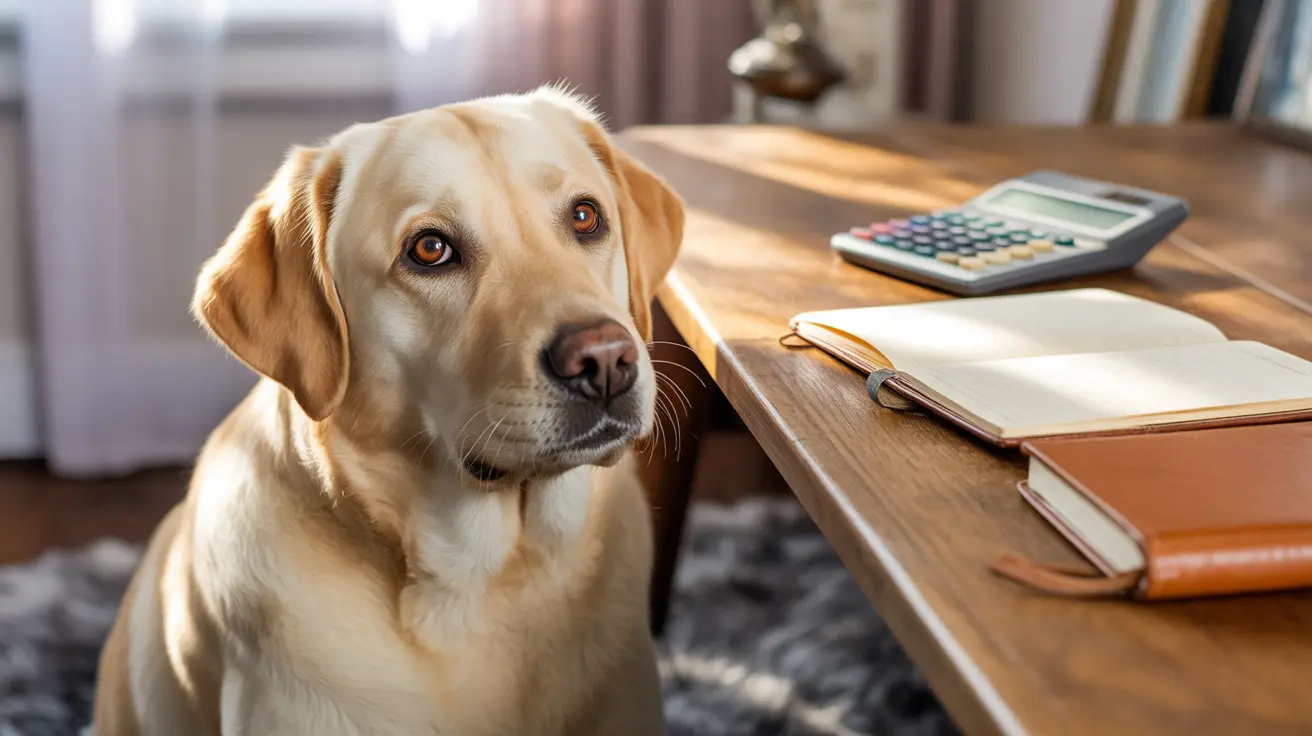How Long Should You Watch Your Dog After Eating a Bone?
Dogs are naturally curious and often explore the world with their mouths, which can sometimes lead to them consuming dangerous items such as chicken bones. If your dog has ingested a bone, especially a cooked chicken bone, it's critical to monitor their condition closely. Cooked bones can splinter easily, posing risk of choking, intestinal blockage, or perforation.
What Makes Chicken Bones Dangerous?
- Splintering: Cooked bones break into sharp fragments that can injure the esophagus, stomach, or intestines.
- Blockages: Larger pieces may get stuck in the digestive tract, causing painful and sometimes life-threatening obstructions.
- Bacterial risks: Even raw bones can carry salmonella or other pathogens.
Immediate Steps to Take
- Stay calm and avoid panicking, which can further stress your dog.
- If the bone is still visible in your dog’s mouth, try gently removing it using a “drop it” or “leave it” command.
- Do not induce vomiting without veterinary guidance, as it can cause more damage.
- Offer water to help ease food passage through the digestive system.
Critical Monitoring Period: 24–72 Hours
Most complications occur within the first 24 to 72 hours after ingestion. During this period, observe your dog carefully for any signs of discomfort or illness.
Watch for These Symptoms:
- Choking, gagging, or persistent coughing
- Vomiting, with or without blood
- Excessive drooling or difficulty swallowing
- Abdominal tenderness, bloating, or discomfort
- Lethargy or unusual weakness
- Loss of appetite
- Constipation, straining to defecate, or diarrhea (possibly bloody)
- Rapid or labored breathing
- Blood in the stool
If your dog exhibits any of these symptoms, contact your veterinarian or an emergency clinic immediately. Time is crucial when dealing with potential internal injuries or obstructions.
Veterinary Diagnosis and Treatment
If complications are suspected, a vet may perform a physical examination or diagnostic tests such as x-rays. Treatment options may include:
- Hospitalization for intravenous fluids and monitoring
- Endoscopy or surgery to remove obstructing bones
- Dietary management to help move bone fragments safely through the system
Should I Feed My Dog After Bone Ingestion?
Some veterinarians may recommend giving soft food or small amounts of white bread to encase bone fragments, making them easier to pass. However, this should only be done under professional advice.
What Not to Do
- Do not give any over-the-counter medications like antacids unless prescribed.
- Never attempt to induce vomiting unless explicitly instructed by your vet.
- Do not assume your dog is fine just because they appear normal initially—symptoms often appear later.
When Is the Danger Over?
If your dog passes bone fragments without issue and remains symptom-free after 72 hours, they are likely out of danger. Keep watching for subtle behavioral changes or irregular bowel movements, as late complications can occur.
Preventing Future Incidents
- Dispose of bones in sealed containers your dog can’t access.
- Train your dog to obey commands like “leave it” or “drop it.”
- Educate family members and guests to avoid feeding your dog bones.
- Provide safe, vet-approved alternatives for chewing.
Other bones from beef or pork also pose hazards due to their density and potential for causing digestive injuries. Stick to approved dog chews and toys to protect your pet from harm.
In Summary
If your dog eats a bone, especially a cooked chicken bone, monitor closely for at least 24 to 72 hours. Look for warning signs like vomiting, lethargy, or blood in stool. Don’t induce vomiting or medicate without talking to your vet. If symptoms arise, seek emergency care immediately. When in doubt, always consult with a veterinary professional for the safety of your furry friend.





